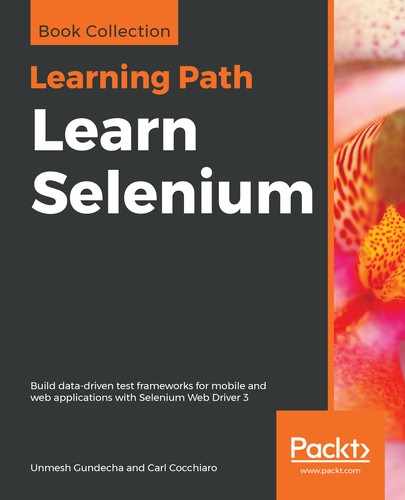When building the VMs for the Selenium Grid, there will be one hub and various browser and mobile nodes. The hub will run a Selenium standalone server, use a JSON configuration file to set all the common desired capabilities for all the nodes, and start up as a service on the VM. Linux-based hubs seem to run faster and more efficiently, and are highly recommended over Windows-based hubs.
For each browser node, there are various configurations that can be used. Each node will run the Selenium standalone server, the client driver(s) for the node (ChromeDriver, GeckoDriver, and so on), use a JSON configuration file to set specific node desired capabilities and/or override the hub settings, and start up as a service on the VM.
For each mobile node, users are somewhat limited to using one iPhone, iPad, Android phone, or Android tablet instance per node; running the Appium server, a simulator or emulator for the device; using a JSON configuration file to set specific mobile node caps; and starting up as a service on the VM.
